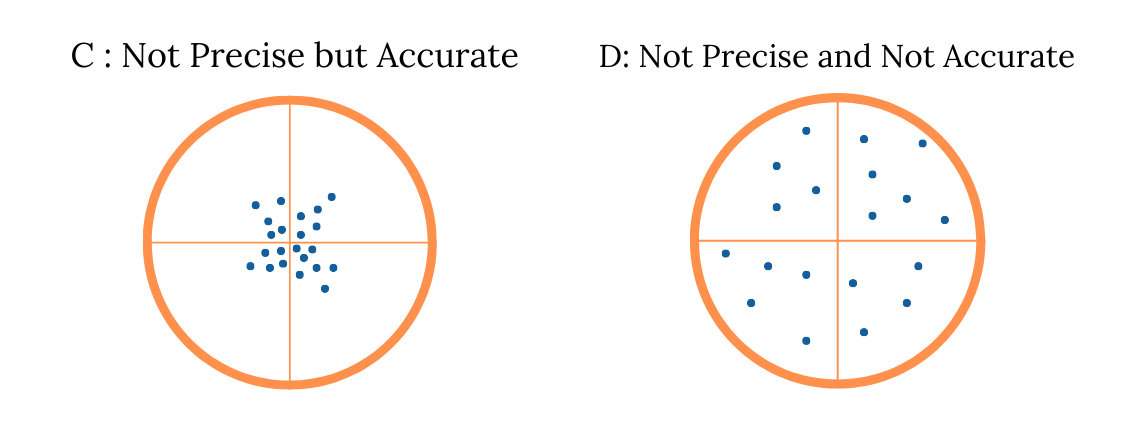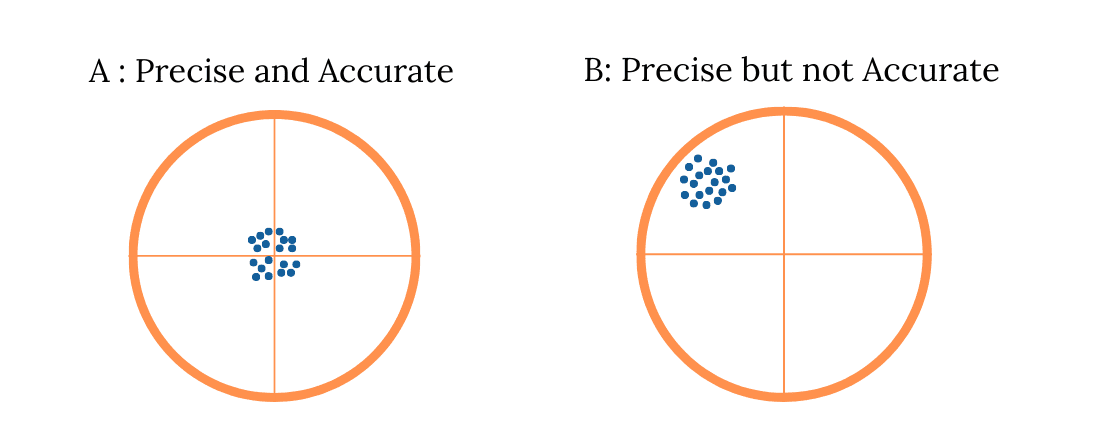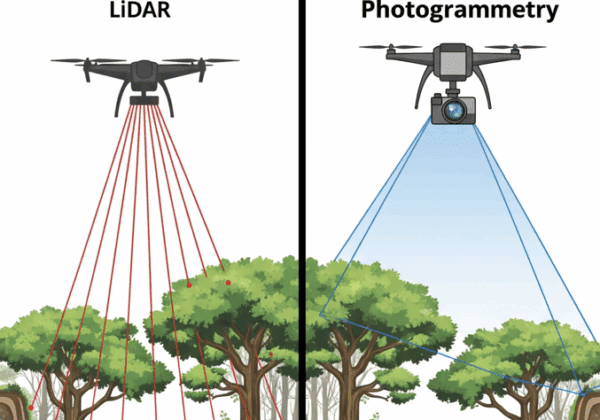What is Precision and Accuracy?
Precision and accuracy are two fundamental concepts in the world of measurement, particularly in surveying, mapping, and engineering. Although often used interchangeably, they have distinct meanings and are not interchangeable. A proper understanding of the difference between precision and accuracy is crucial, especially in producing valid, reliable data that can be used for decision-making. Without a proper understanding, data that appears neat and consistent can be misleading if it does not reflect actual conditions on the ground.
Precision refers to the level of consistency of a measurement tool or method. This means that if a measurement is repeated several times under the same conditions and produces nearly identical values, the results are considered precise. Precision indicates the stability and reliability of the measurement method or device used, regardless of how close the value is to the true value. Therefore, a highly precise result is not necessarily accurate if the resulting value is far from the true value.
On the other hand, accuracy is a measure of how close a measurement result is to the true value or reference value. An accurate measurement is close to the absolute true value, although the results may not always be consistent with repeated measurements. In practice, accuracy is heavily influenced by systematic errors, such as improper instrument calibration, incorrect measurement methods, or faulty calculation assumptions. Therefore, accuracy emphasizes the correctness of the results.
To make it easier to understand, imagine someone shooting an arrow at a target. If all the arrows hit the same point but far from the center of the target, the result is highly precise, but inaccurate. Conversely, if the arrows are spread out but on average close to the center of the target, the result is more accurate, but less precise. Ideally, the arrows hit the center of the target consistently—meaning both precision and accuracy are achieved simultaneously. This analogy is very relevant in understanding the importance of both aspects in the world of measurement.

In surveying and mapping activities, precision and accuracy determine the quality of spatial data. When using tools like GPS or GNSS, precision indicates whether the obtained position is stable over time, while accuracy indicates whether the point truly reflects the actual position on the Earth’s surface. Without good precision, data will be scattered and difficult to trust. Without high accuracy, data may appear neat but cannot be used as a basis for strategic planning or decisions.
Measurement errors can affect both precision and accuracy. Random errors, such as weather or signal interference, typically affect precision because they make measurement results unstable. Meanwhile, systematic errors, such as instrument offset or method errors, will affect accuracy. Therefore, it is crucial to conduct thorough quality control throughout the survey process, from checking the instruments and methods used to validating the final results to ensure data quality.
Precision and accuracy are not only important in technical work but also have a significant impact on decision-making. In development projects, such as boundary mapping, volume calculations, or asset valuations, inaccurate or inconsistent data can lead to conflicts, budget wastage, or design errors. Therefore, companies or agencies engaged in surveying and mapping must be able to ensure that the data they produce meets the precision and accuracy standards required by users.
Therefore, it can be concluded that precision and accuracy are two complementary aspects in producing high-quality data. Both cannot stand alone and must be considered simultaneously in every measurement process. With precise and accurate data, every data-based decision will be more targeted, efficient, and minimize risk, whether on a small or large project scale. This is why the principles of precision and accuracy have always been the main foundation of the world of professional measurement.



